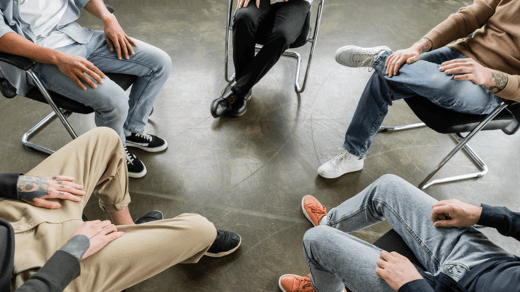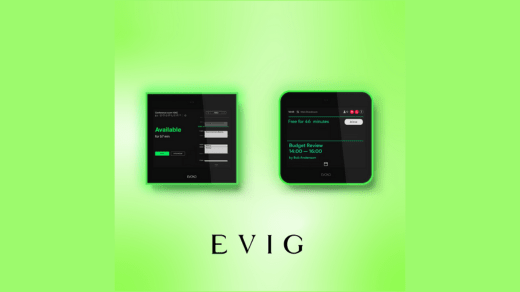
Rehabilitation for Stroke Survivors: Regaining Independence
Rehabilitation is a critical process for stroke survivors seeking to regain independence and improve their quality of life. In this discussion, we’ll explore 15 pros and 15 cons of rehabilitation for stroke survivors, highlighting the significance, benefits, and challenges associated with the journey to regain independence after a stroke.
Pros of Rehabilitation for Stroke Survivors:
- Regained Independence: Rehabilitation aims to restore independence and daily living skills.
- Improved Mobility: Many stroke survivors experience enhanced mobility through rehabilitation.
- Enhanced Quality of Life: Successful rehabilitation often results in an improved overall quality of life.
- Preventative Care: Rehabilitation minimizes the risk of secondary complications due to immobility.
- Psychological Support: It provides emotional and psychological support during recovery.
- Customized Care: Rehabilitation plans are tailored to individual needs and abilities.
- Support for Caregivers: Rehabilitation can alleviate the burden on family caregivers.
- Skill Retention: Rehabilitation helps stroke survivors regain and retain essential skills.
- Independence at Home: Many individuals can return to independent living with the help of rehabilitation.
- Social Interaction: Group therapy or support programs promote social interaction and emotional well-being.
- Improved Self-Esteem: Successful rehabilitation often boosts self-esteem and confidence.
- Long-Term Recovery Planning: Focuses on strategies to maintain health and well-being beyond rehabilitation.
- Patient Education: Rehabilitation educates stroke survivors about their condition and how to manage it.
- Economic Benefits: Rehabilitation can reduce the long-term economic burden of healthcare by facilitating quicker recovery.
- Community Engagement: Successful rehabilitation often allows individuals to engage actively in their communities.
Cons of Rehabilitation for Stroke Survivors:
- Challenging Process: Rehabilitation is a challenging and ongoing process.
- Time-Consuming: Rehabilitation programs can be lengthy and demanding.
- Financial Costs: Medical bills, therapy expenses, and potential loss of income can be substantial.
- Physical Discomfort: Rehabilitation often involves physical discomfort and pain.
- Psychological Strain: Coping with a stroke and the recovery process can be emotionally taxing.
- Risk of Relapse: There is always a risk of relapse or new health challenges.
- Limited Access: Not all stroke survivors have access to high-quality rehabilitation services.
- Discomfort and Fatigue: Physical therapy exercises can lead to muscle soreness and fatigue.
- Dependency on Caregivers: Some stroke survivors may become dependent on caregivers or support systems.
- Frustration: Slow progress or setbacks can be frustrating for stroke survivors and healthcare providers.
- Invasive Procedures: In certain cases, rehabilitation may involve invasive medical procedures.
- Cultural Sensitivity: Rehabilitation programs may not always account for cultural differences.
- Lack of Long-Term Care: Some stroke survivors may require ongoing care that rehabilitation cannot provide.
- Relapse Risk: Even after successful rehabilitation, there is a risk of relapse.
- Emotional Strain on Family: Family members and caregivers may experience emotional strain in supporting the rehabilitation process.
Rehabilitation for stroke survivors is a courageous journey toward regaining independence and achieving a higher quality of life. The decision to pursue rehabilitation should consider the individual’s specific needs and circumstances, recognizing the potential benefits and challenges associated with the process. With determination and the right support, stroke survivors can successfully regain independence and thrive in their daily lives.



